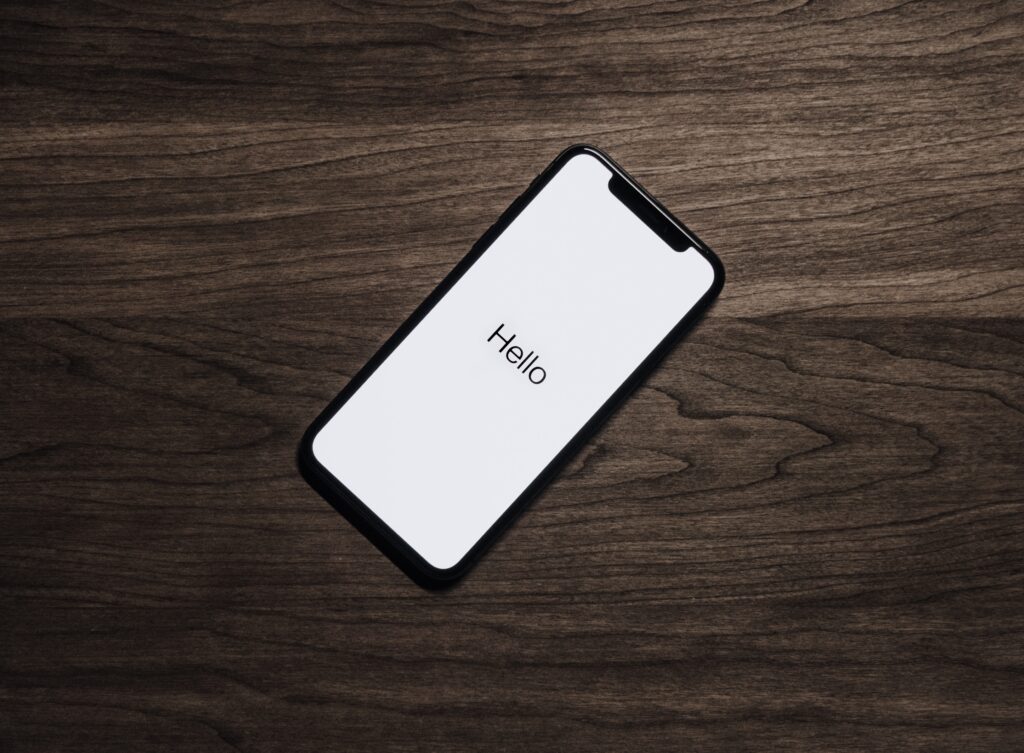All eyes will be on Apple this week when it announces its new iPhone to celebrate the 10th anniversary of the original model. Over the last decade, Apple has changed how we think about and interact with mobile devices, and it has had a huge impact on everything from basic communication to shopping, marketing and customer experience. One of the new features for the iPhone 8 is its augmented reality capability, which has the potential to revolutionize marketing.
Augmented reality blurs the line between the real world and the virtual world. A version of Apple’s AR technology was introduced earlier this year at Apple’s Worldwide Developers Conference. Essentially, the technology uses the phone’s camera to add pretend objects to real situations. It can put virtual cups of coffee onto a real table or show a virtual spaceship flying around a real auditorium. The updated camera understands what it is looking at and then can place virtual objects onto what the camera is showing. The possibilities with this new technology are endless — never before has AR been so readily available and in the hands of consumers, just waiting to be used. Now it’s up to marketers to get ready for a marketing transformation around AR.
AR can be used in a number of ways depending on the needs of the organization. Some companies use it to preview what new furniture or a home renovation would look like in the actual space, while others have created worlds where customers can virtually “shop” in a store and try items on their own bodies. As the technology grows, marketers are sure to push the envelope even more to find ways to combine the real world with the virtual world to further their brands. Augmented reality can turn into a two-way conversation between the brand and the customer and lead to a much richer interaction, says Jeff Smith, CMO of LiveRamp, an Acxiom company. After social media, chatbots, and other digital marketing platforms, AR is the natural next step to showcase your brand and build a relationship with customers.
Most consumers are excited about AR, but they are looking for experiences that go above and beyond what they can see online and in other channels — if they can experience the same thing somewhere else, there isn’t a draw for them to use AR. AR experiences should stand out while building on a cohesive marketing experience. Using AR provides an opportunity for brands to jump from real-life marketing to digital marketing, but it takes time and preparation. The beauty of omnichannel marketing is that it allows customers the chance to experience the brand from multiple angles, and it’s made easier when they can have these experiences in the palm of their hand with the new iPhone. With omnichannel, you can have a natural conversation no matter the channel because customers will be getting the same message and experience on every channel they use.
While it’s important to be prepared, it’s also possible for companies to be at the other end of the spectrum and be underprepared. Incorporating AR just for the sake of incorporating it can also alienate customers. The technology used has to fit the goal of the campaign. While AR can be incredibly effective, it isn’t the perfect solution to every marketing problem. Before jumping into the technology just because it is new and fresh, make sure it fits your company’s overall vision and connection to your customers. Spending time to do research and prepare can make the launch run much more smoothly and lead to a better customer experience.
Apple’s use of AR in the new iPhone 8 is sure to change the way marketers interact with customers. However, to truly be successful, brands need to prepare now and always remember the customers they are trying to reach, no matter the technology used.
Blake Morgan is a keynote speaker, customer experience futurist and author of More Is More. For more from Blake sign up for her newsletter here.
First published on Forbes.com

